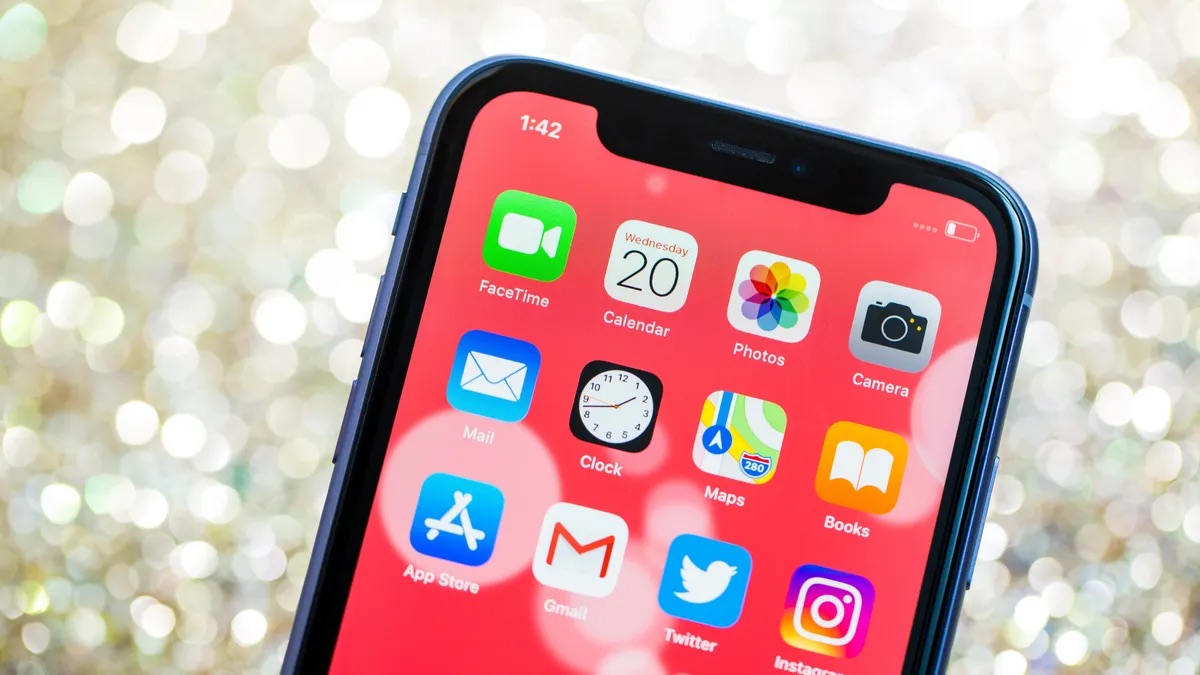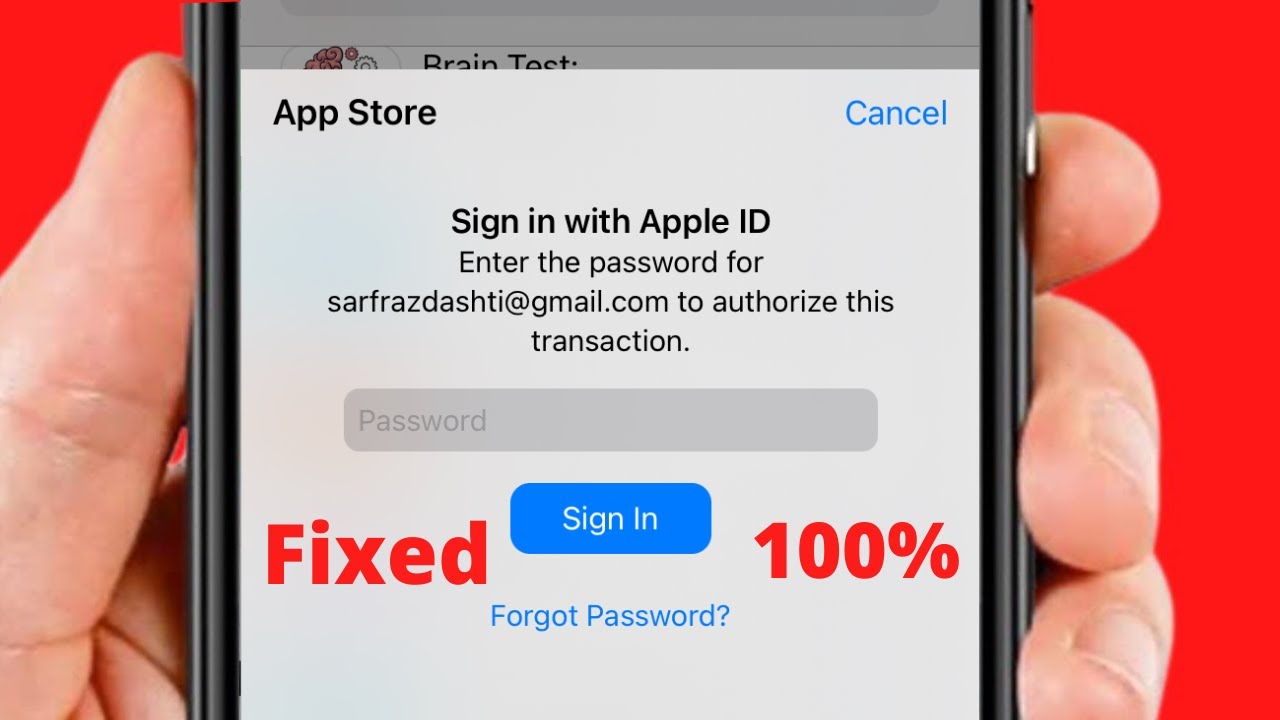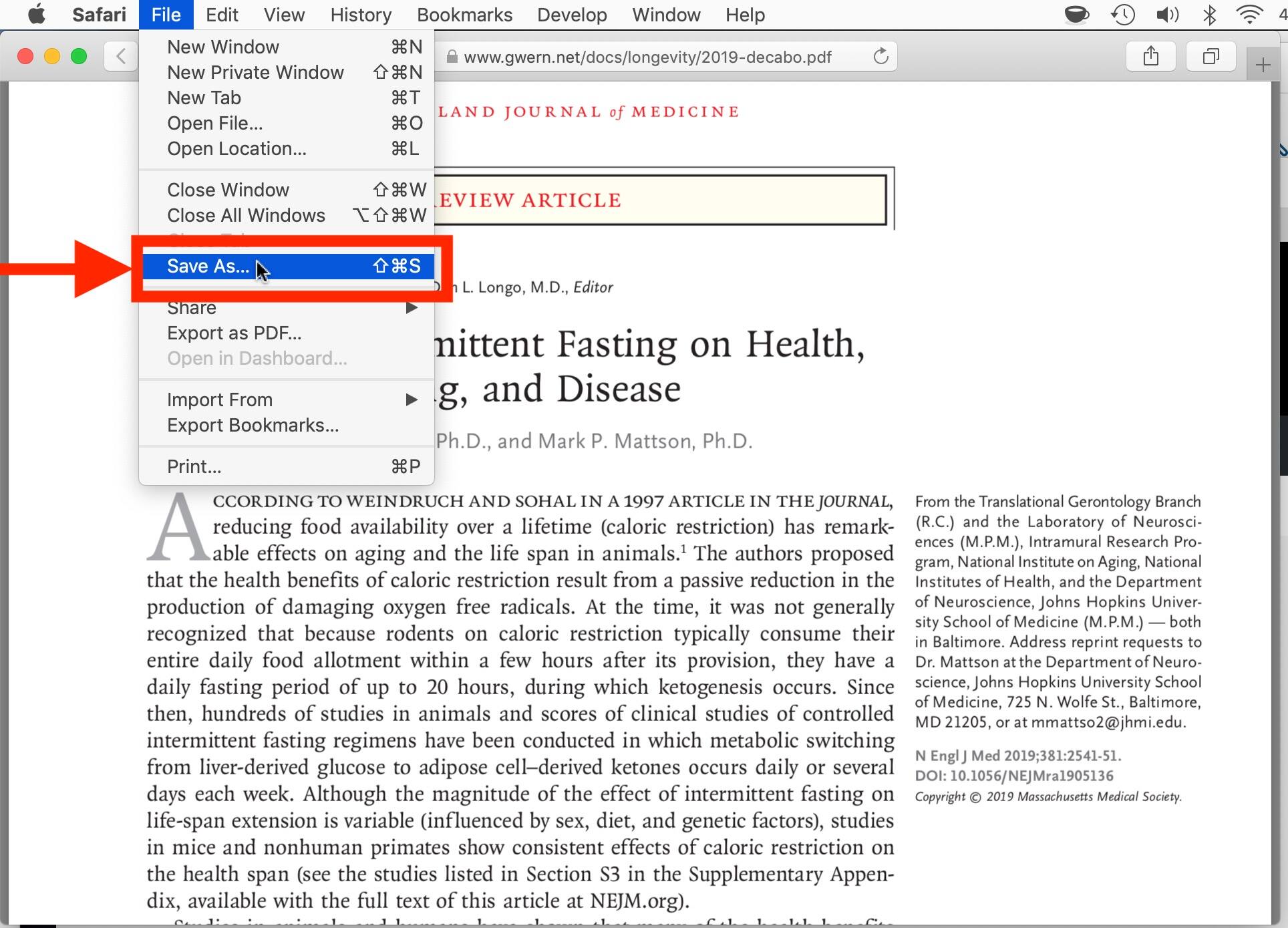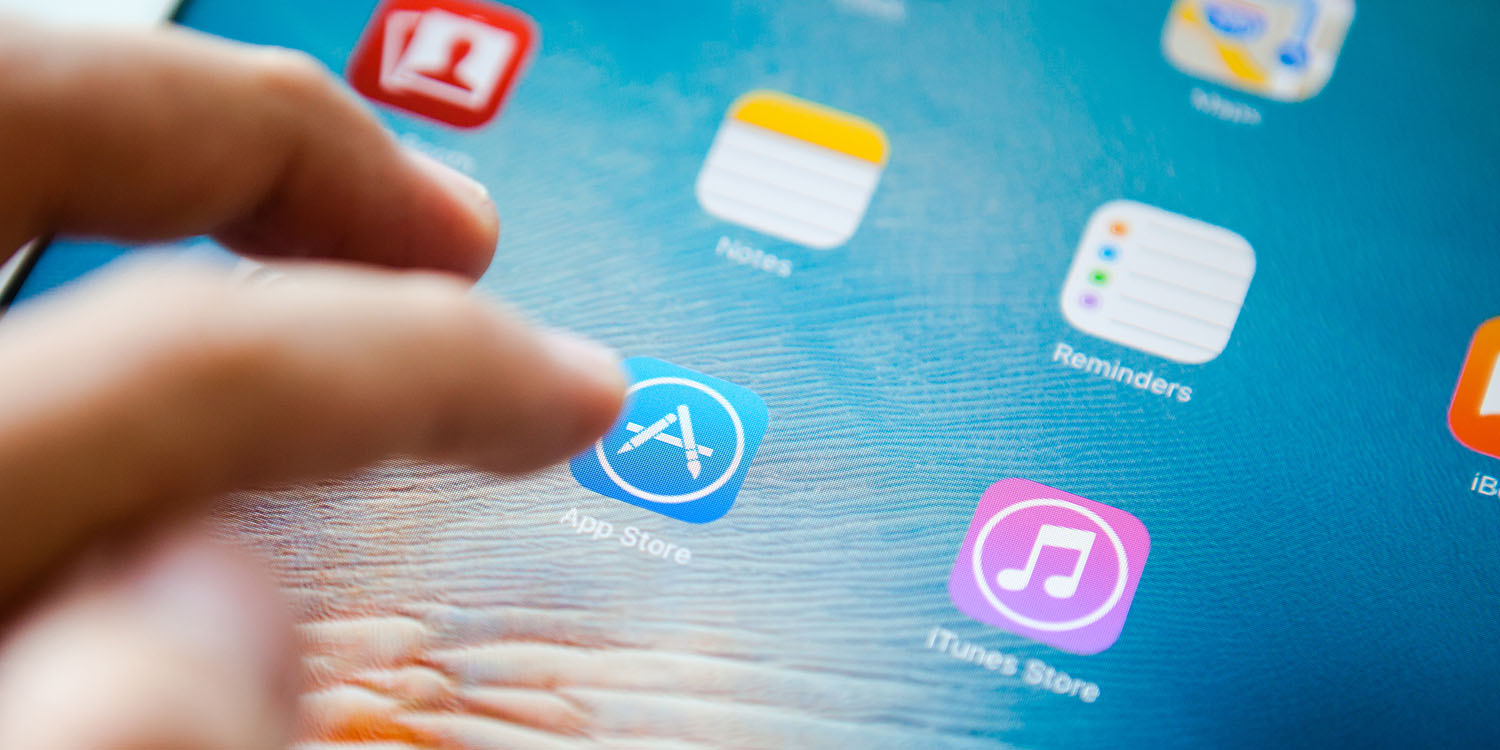Introduction
Welcome to our guide on how to set a password to download apps. In today’s digital age, smartphones have become an integral part of our lives, serving as a gateway to a myriad of applications that cater to our entertainment, productivity, and communication needs. With the vast app libraries available, it’s crucial to keep your device secure and prevent unauthorized downloads, especially if you share your device with others or have children who use it.
Setting a password to download apps adds an extra layer of security, ensuring that only authorized users can access and install new applications on your device. This can help protect your personal data, prevent accidental app installations, and restrict access to age-inappropriate content for children.
In this comprehensive guide, we will walk you through the steps to set a password to download apps on both iOS and Android devices. We will cover the essential settings you need to access, how to enable password protection, and tips for choosing a strong password.
By following these instructions, you can have peace of mind knowing that your device is protected and that only you, or those you trust, can download new apps.
Why Set a Password to Download Apps?
Setting a password to download apps is a vital practice for several reasons. Whether you use your smartphone for personal or professional purposes, it’s essential to protect your device and the data stored within. Here are some compelling reasons why you should consider implementing this extra layer of security:
- Prevent unauthorized downloads: By setting a password to download apps, you ensure that only individuals with the password can install new applications on your device. This is particularly useful if you share your device with others or have children who use it, as it prevents accidental or unauthorized app installations.
- Protect personal and sensitive information: Apps often require access to personal information and data stored on your device. By securing the app installation process with a password, you reduce the risk of unauthorized access to your sensitive information, such as emails, social media accounts, financial data, and more.
- Avoid accidental installations: With countless apps available in app stores, it’s easy to download an app unintentionally. This can lead to storage issues, cluttered home screens, and even potential security vulnerabilities. By requiring a password for app installations, you can avoid accidental downloads and maintain a clean and organized device.
- Restrict access to age-inappropriate content: If you have children using your device, setting a password to download apps is crucial for controlling the content they can access. By vetting and approving each app installation, you can ensure that your children only have access to age-appropriate and educational applications.
- Enhance overall device security: Password protection for app downloads is one piece of the puzzle when it comes to securing your device. By implementing this safeguard, you create an additional barrier against potential threats and unauthorized access to your smartphone.
With the increasing prevalence of mobile devices and the valuable information they store, it’s crucial to take every precaution to protect your device and personal data. Setting a password to download apps is a simple and effective way to bolster your device’s security and enjoy peace of mind knowing that you have control over what gets installed on your device.
Steps to Set a Password to Download Apps
Now that you understand the importance of setting a password to download apps, let’s dive into the step-by-step process on how to enable this feature on your iOS or Android device:
- Step 1: Accessing the App Store Settings
- Step 2: Enabling Password Protection
- Step 3: Choosing a Strong Password
- Step 4: Confirming the Password
- Step 5: Testing the Password Protection
On your iOS device, open the “Settings” app and scroll down to find the “Screen Time” option. Tap on it, then select “Content & Privacy Restrictions.” For Android users, open the “Settings” app and navigate to “Security & Privacy” or “Lock Screen and Security,” depending on your device model.
In the “Content & Privacy Restrictions” or “Security & Privacy” settings, look for the option to enable password protection or app installation restrictions. Toggle the switch to turn on this feature. You may be prompted to enter your device’s PIN or pattern lock for verification.
After enabling password protection, you will be prompted to set a password for app installations. It is essential to choose a strong and unique password that combines letters, numbers, and symbols. Avoid using common or easily guessable passwords like “123456” or “password.” Remember, the strength of your password plays a significant role in protecting your device and data.
Once you have entered the password, you will need to confirm it by re-entering it. Double-check for accuracy to ensure that you don’t encounter any authorization issues when trying to install or update apps in the future.
With the password set and enabled, it’s a good idea to test the password protection feature. Try to download or update an app from your device’s app store. You should be prompted to enter the password you set earlier before the installation or update proceeds. If the password is entered correctly, the download or update should be allowed.
Congratulations! You have successfully set a password to download apps on your device. Remember to keep your password private and avoid sharing it with others to ensure the security of your device and data.
By following these simple steps, you can enjoy the benefits of having control over app installations, protecting sensitive information, and maintaining a secure and organized device.
Step 1: Accessing the App Store Settings
In order to set a password to download apps, you first need to access the settings specific to your device’s app store. The process may vary slightly between iOS and Android devices:
For iOS Devices:
- Open the “Settings” app on your iOS device. It is typically represented by a gear icon.
- Scroll down the settings menu until you find the “Screen Time” option. Tap on it to proceed.
- In the “Screen Time” settings, you may need to tap on “Content & Privacy Restrictions” or a similar option.
For Android Devices:
- Look for the “Settings” app on your Android device. It usually has a gear or wrench icon.
- Depending on your device model and Android version, navigate to either “Security & Privacy” or “Lock Screen and Security” in the settings menu.
Once you have accessed the appropriate settings on your device, you are ready to proceed with enabling password protection for app downloads.
It’s important to note that the exact location of the app store settings may vary depending on your device’s manufacturer, operating system version, and customization. However, most devices should have a dedicated section within the settings menu for managing app installations and restrictions.
Now that you know how to access the app store settings, let’s move on to the next step in the process of setting a password to download apps.
Step 2: Enabling Password Protection
After accessing the app store settings on your device, the next step in setting a password to download apps is to enable password protection or app installation restrictions. The process of enabling this feature may differ slightly depending on whether you are using an iOS or Android device:
For iOS Devices:
- In the app store settings, look for the option labeled “Content & Privacy Restrictions” or similar wording.
- Tap on this option to access the content and privacy settings for your device.
- Within the content and privacy settings, locate the toggle switch for enabling password protection or app restrictions.
- Turn on the toggle switch to enable this feature.
For Android Devices:
- In the app store settings or security settings of your Android device, you may find an option related to app installations or restrictions.
- Navigate to this option, which could be labeled as “Unknown Sources” or similar wording.
- Tap on the toggle switch associated with this option to enable it and restrict app installations.
Once you have found and enabled the appropriate setting on your device, you have successfully enabled password protection or app installation restrictions for the app store.
Enabling password protection serves as an added security measure, ensuring that only authorized individuals with the password can download and install new apps on your device. This feature can prevent accidental or unauthorized app installations, especially if you share your device with others.
Now that you have enabled password protection, let’s move on to the next step, which involves choosing a strong password for app downloads.
Step 3: Choosing a Strong Password
Now that you have enabled password protection for app downloads on your device, it’s crucial to choose a strong and secure password. By selecting a robust password, you enhance the effectiveness of this security feature and ensure the safety of your device and personal data.
Here are some tips for choosing a strong password:
- Complexity: Aim for a password that combines uppercase and lowercase letters, numbers, and special characters. The more diverse your password is, the harder it will be for someone to guess.
- Length: The length of your password also plays a significant role in its strength. Aim for a minimum of eight characters, but ideally, make it longer to maximize security.
- Avoid dictionary words: Avoid using common dictionary words or easily guessable terms, as these are vulnerable to dictionary-based attacks. Instead, opt for a combination of random letters, numbers, and symbols.
- Unique: Ensure that your password is unique, not used for any other accounts or purposes. This prevents cross-account compromises if one password is compromised.
- Memorable: While it’s important to choose a complex password, make sure it’s something you can remember without having to write it down. Consider using a passphrase or memorable phrase that includes a combination of words, numbers, and symbols.
Remember, the stronger your password, the more difficult it will be for someone to guess or crack it. It’s recommended that you periodically change your password to maintain security, especially if you suspect it may have been compromised.
Once you have chosen a strong password that meets these criteria, you are ready to move on to the next step, which involves confirming the password in your device’s settings.
By selecting a strong password, you ensure the integrity of the password protection feature and maintain the security of your device and personal information.
Step 4: Confirming the Password
After choosing a strong password for app downloads on your device, the next step is to confirm the password. Confirming the password ensures that you have entered it correctly and minimizes the chances of encountering authorization issues when installing or updating apps in the future.
Here’s how you can confirm the password in your device’s settings:
- Open the app store settings or the security settings of your device, depending on whether you are using iOS or Android.
- Locate the section where you initially set the password.
- Within this section, you should find a field or option to re-enter or confirm the password.
- Carefully enter the password again, ensuring that it matches exactly with the one you initially set.
Once you have re-entered the password, your device will compare it with the previously set password to validate its accuracy. If the passwords match, you will proceed to the next step without any issues.
It’s essential to double-check the accuracy of your password to avoid frustration or inconvenience in the future. A small typing error or inconsistency can lead to difficulties in installing or updating apps.
By confirming the password, you can be confident that you have successfully set up the password protection feature for app downloads on your device. With the password confirmed, you are now ready to move on to the final step: testing the password protection to ensure it is functioning as intended.
Let’s move on to the next step and learn how to test the password protection feature on your device.
Step 5: Testing the Password Protection
Now that you have set and confirmed the password for app downloads on your device, it’s important to test the password protection feature to ensure that it is functioning correctly. Testing the password protection allows you to verify that only authorized individuals with the correct password can download or update apps on your device.
Here’s how you can test the password protection on your iOS or Android device:
- Open the app store on your device.
- Choose an app that you want to download or update. It’s best to select a free app for testing purposes.
- Tap on the “Get” or “Update” button to initiate the download or update process.
- You should be prompted to enter the password you set earlier before the installation or update proceeds.
- Enter the password accurately and tap on the “OK” or “Submit” button.
- If the password is correct, the app download or update should start, indicating that the password protection is working as intended.
- If the password is incorrect, you will not be able to download or update the app, and you will need to re-enter the correct password.
By testing the password protection feature, you can confidently ensure that only authorized users can download or update apps on your device. This adds an extra level of security, preventing unauthorized access to your device and protecting your personal data.
If you encounter any issues during the testing process, make sure to double-check the password you entered. Take your time while entering the password to avoid typos or mistakes that can lead to authorization problems.
With successful testing, you have completed the process of setting a password to download apps on your device. Congratulations! You can now enjoy the benefits of enhanced security and control over the app installation process.
Now that you have successfully tested the password protection, you can have peace of mind knowing that your device is protected against unwanted app downloads and installations.
Conclusion
Setting a password to download apps is a crucial step in ensuring the security of your device and protecting your personal data. By enabling password protection, you can prevent unauthorized app installations, restrict access to age-inappropriate content, and enhance the overall security of your device.
In this guide, we walked you through the step-by-step process of setting a password to download apps on both iOS and Android devices. We covered accessing the app store settings, enabling password protection, choosing a strong password, confirming the password, and testing the password protection feature.
By following these steps, you can have control over the apps that are installed on your device, protect your personal information, and avoid accidental or unwanted app installations. It’s crucial to choose a strong and unique password that combines various characters and numbers to maximize the security of your device.
Remember to keep your password private and avoid sharing it with others. Periodically changing your password is also recommended to maintain a high level of security. If you encounter any issues during the process, double-check your settings, password, and device’s instructions to ensure proper configuration.
With a password set to download apps, you can enjoy peace of mind, knowing that only authorized users can access and install applications on your device. This simple security measure adds an extra layer of protection to your device, safeguarding your personal data from unauthorized access or accidental installations.
Take the time to set a password to download apps and keep your device secure. Whether you use your device for personal or professional reasons, protecting your privacy and data should be a top priority.
Thank you for following our guide, and we hope you find this information helpful in securing your device and maintaining your privacy.

























